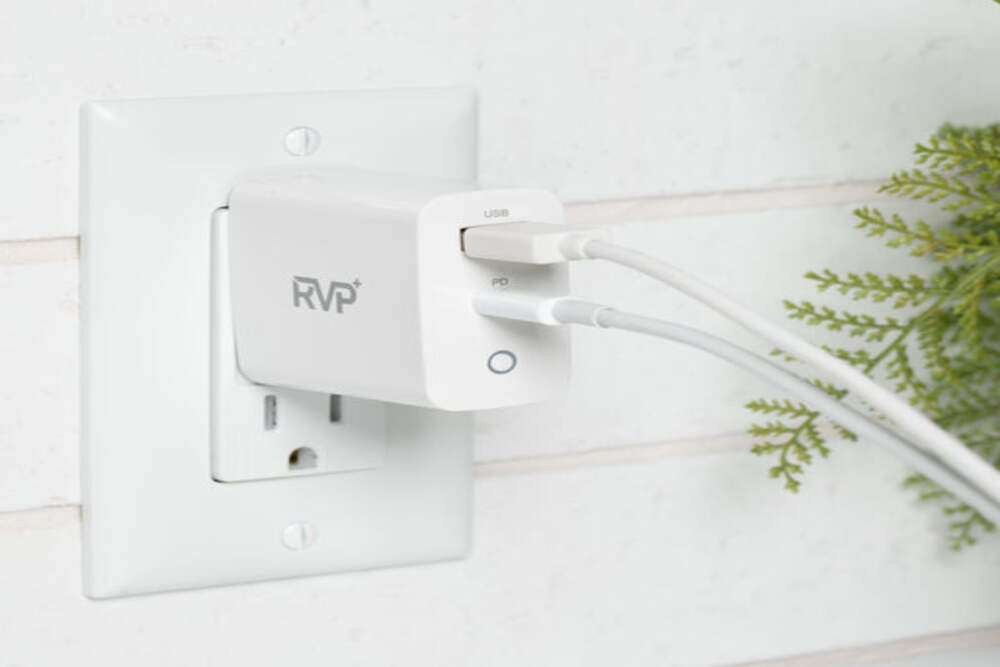
Fast Charging vs. Standard Charging: Debunking the Myths
Introduction:
In today's fast-paced world, where our smartphones and other electronic devices have become an essential part of our lives, the importance of efficient charging cannot be overstated. Two popular charging methods that often spark debate are fast charging and standard charging. In this blog, we will debunk some common myths surrounding these charging methods and help you understand the key differences between them.
Standard Charging:
Standard charging, also known as slow charging or regular charging, is the traditional method of charging devices. It typically involves using the charger provided with the device or a standard USB cable connected to a power source. Standard charging delivers a lower current to the device, usually between 0.5 to 2 amps, resulting in a slower charging speed.
Myth:
One common myth about standard charging is that it is safer for the battery compared to fast charging. While it is true that slower charging generates less heat, modern devices are designed to handle both standard and fast charging methods without compromising the battery's lifespan significantly.
Fast Charging:
Fast charging, on the other hand, is a relatively newer technology that allows devices to charge at a much faster rate. It utilizes higher currents, typically ranging from 2 to 5 amps, to deliver more power to the device. This results in significantly reduced charging times, enabling users to quickly top up their devices' batteries.
Myth:
Fast charging damages the battery. This is a common misconception that needs clarification. While it is true that fast charging generates more heat, modern devices are equipped with advanced charging circuitry and temperature sensors to regulate the charging process effectively. These safeguards ensure that the battery remains within a safe temperature range, preventing any damage caused by excessive heat.
Comparison:
Now let's compare standard charging and fast charging based on various factors:
- Charging Speed: Undoubtedly, fast charging takes the lead in terms of speed. With higher currents, fast charging can replenish a device's battery much faster than standard charging, which is particularly useful when you're in a hurry.
- Convenience: Fast charging offers convenience, allowing you to quickly charge your device and get back to using it. Standard charging, while slower, can still be useful when you have more time or if you're not in immediate need of a full battery.
- Battery Lifespan: As mentioned earlier, both charging methods are designed to maintain the battery's health. While fast charging may generate more heat, modern devices have built-in mechanisms to mitigate the impact. However, if you consistently use fast charging for an extended period, it may slightly affect the overall lifespan of the battery. It is advisable to mix both charging methods to balance convenience and battery longevity.
Conclusion:
In the ongoing debate between fast charging and standard charging, it's important to separate fact from fiction. Standard charging is reliable and safe, but it can be time-consuming. Fast charging, although faster, does not significantly harm the battery when used correctly. Both methods have their advantages and should be chosen based on individual needs and preferences. Remember, it's crucial to use original chargers and cables provided by the manufacturer or certified third-party accessories.
